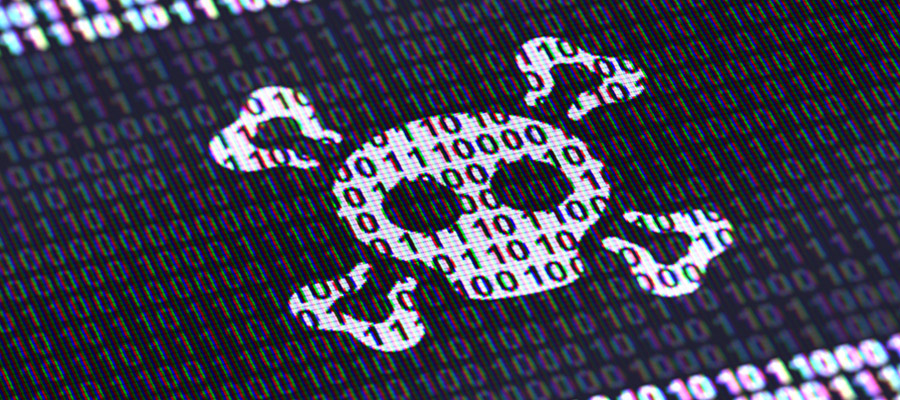
Security threats are everywhere and come in many forms. They are constantly in the headlines, making it easy to become desensitized to their existence, but now is the time to pay close attention.
Cyberattacks are very real and can wreak havoc on every aspect of your business. Even a single incident can cripple your bottom line. Here are four types of security threats to watch for and how you can prevent them.
Phishing Attacks
Phishing attacks are one of the most common cybersecurity threats to your business. These attacks occur through emails or text messages sent directly to people in the guise of a legitimate request. Users are misled into clicking on a link or providing personal information that results in malicious software installing itself on their computer. Sometimes, that information (such as their name, address, credit card information, or passwords) is later sold, thus compromising their identity.
Spear phishing, a type of phishing attack, adds an extra layer of sophistication, targeting the user specifically. Cybercriminals will use information they know about their target and send phishing attacks from a perceived trusted sender to get the user to reveal information.
Phishing attacks are very common and for good reason, they are effective when users don’t know how to identify them. One 2020 study found 97% of users are unable to identify a sophisticated phishing email.
Malware Attacks
Malware is another cybersecurity threat all businesses need to be on the lookout for. The purpose of malware is to compromise and exploit data or entire computer systems. It occurs in the form of viruses, spyware, and ransomware.
Over 92% of malware attacks occur through email attachments, which is why having email security in place can help mitigate against rising cybersecurity threats. Email isn’t the only place businesses need to be cautious. Did you know approximately 61% of ads containing malware targeted Windows OS users between July and November 2019? Malware can be deployed in various ways including through banking activity. In 2020, malware delivered through banking trojan activity increased during the second half of 2020 by 141 percent.
Ransomware Attacks
Ransomware is one of the most expensive cyber threats that your business could encounter. Ransomware is malware that encrypts data then holds it for ransom. This means databases, files, and applications are encrypted by the cybercriminal and can’t be accessed by the user. Individuals and organizations who experience these attacks are asked to pay money to regain access to their own data. Ransomware frequently spreads across networks, often paralyzing organizations and resulting in a significant loss of money.
Ransomware attacks are extremely profitable for cybercriminals and are becoming more common and sophisticated every day. Research shows that every 11 seconds a business is hit with a ransomware attack. There is no doubt that ransomware is on the rise, in part due to the increase in remote work. While the pandemic made remote a necessity for many, it also created a favorable environment for cybercriminals, leading to an increase in ransomware attacks of 148% in 2021.
Social Engineering Attacks
Social engineering attacks rely on solely on human error. Cybercriminals will gather information they can use to trick their victim into revealing confidential information. Because these threats occur through human interaction, they can be especially dangerous to organizations where cybersecurity training is not performed.
Cybersecurity training for employees is increasingly important, especially with the correlation between the rise in popularity of remote work and the increase in cyber threats. Research shows that 44% of companies fail to provide cybersecurity training to employees who are working from home. While many companies don’t invest in cybersecurity training at all, others are neglecting their remote workforce. In both cases, it can leave businesses open to devastating cyber threats and attacks.
How to Avoid Cyberattacks
The key to avoiding cyberattacks is having a multi-level approach to cybersecurity. You can’t just rely on a firewall or antivirus software to protect your business. Cybercriminals are crafty and will exploit every vulnerability within your environment until they get what they want. That’s where managed security services can help.
By working with a provider like TPx who offers managed security services, you can protect your environment at the network level with firewalls and at the server or computer level with endpoint security. More importantly, if you don’t know where to start when it comes to cybersecurity, that’s ok. TPx offers security advisory services that can help address your vulnerabilities and enable better security practices to strengthen your security posture.
If you would like to learn more about cybersecurity threats and how to protect your business, read our comprehensive guide to cybersecurity.
